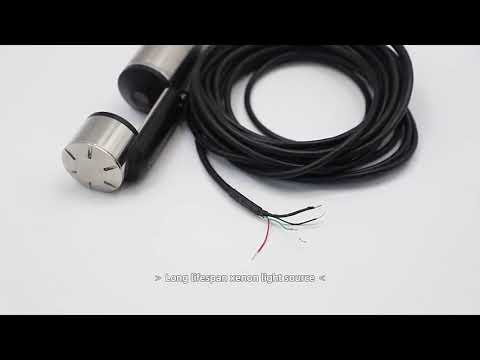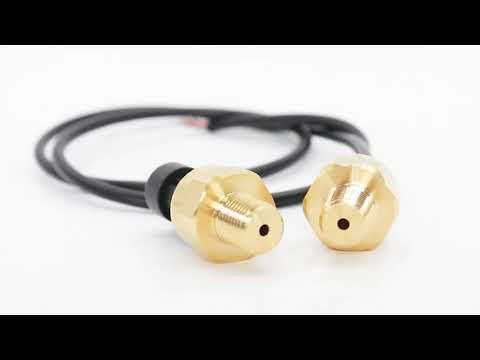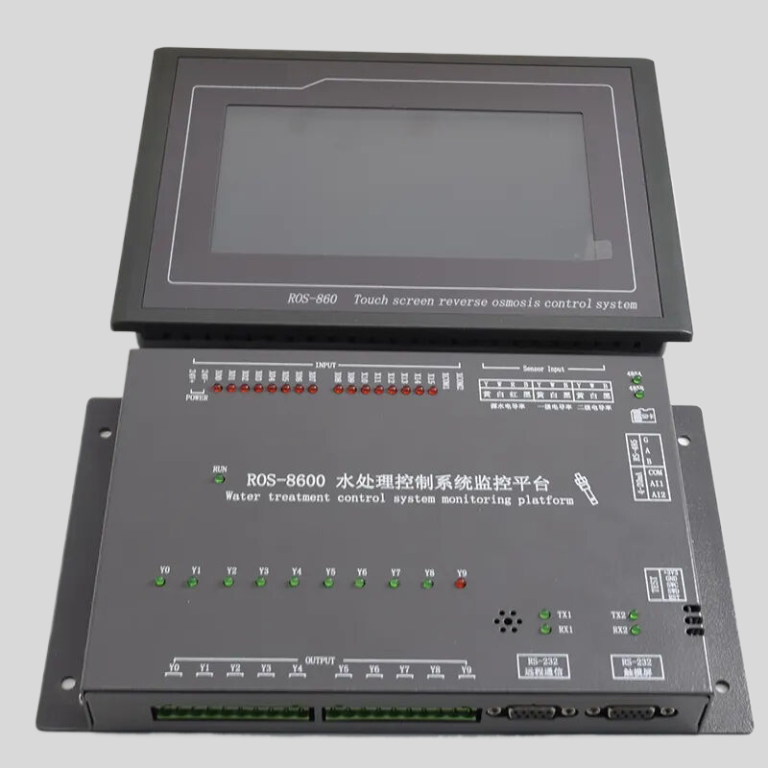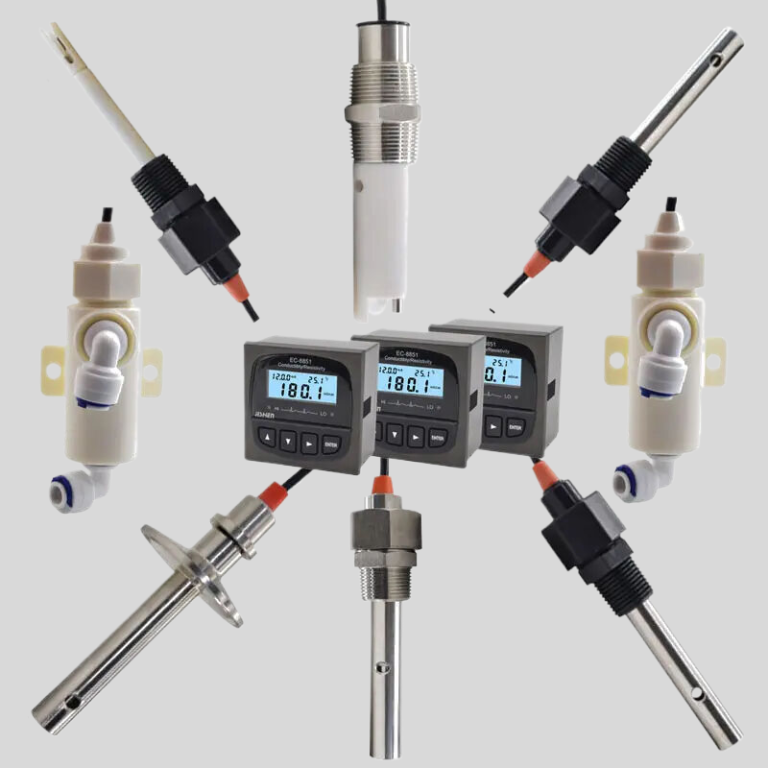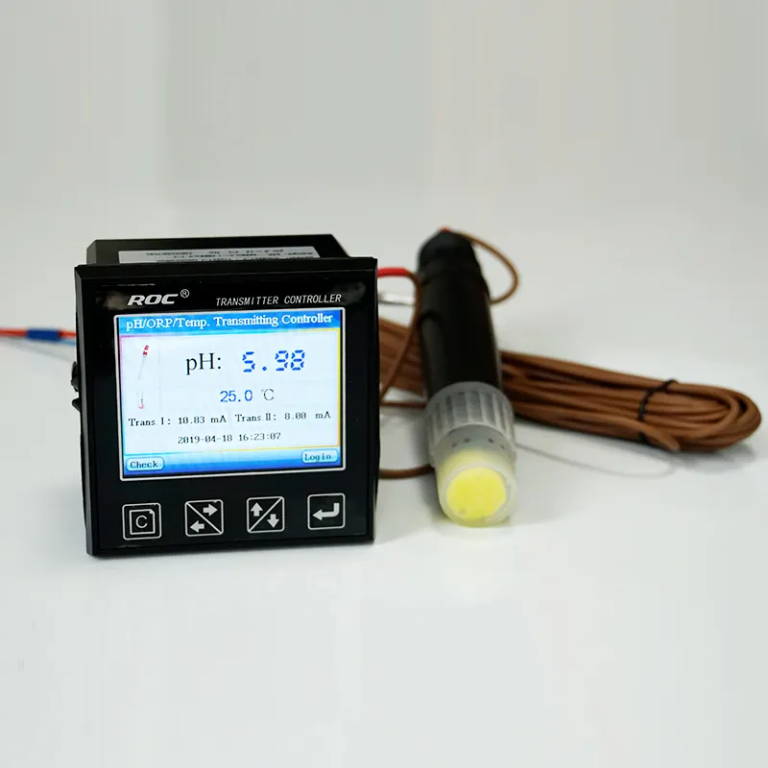Understanding the Meaning of pH in ph meter
A ph meter is a device used to measure the acidity or alkalinity of a solution. The term “pH” stands for “potential of hydrogen,” which refers to the concentration of hydrogen ions in a solution. The pH scale ranges from 0 to 14, with 0 being the most acidic, 7 being neutral, and 14 being the most alkaline. pH meters are commonly used in various industries, including agriculture, food and beverage, water treatment, and pharmaceuticals, to ensure the quality and consistency of products.
The ph meter works by measuring the voltage difference between two electrodes immersed in the solution being tested. One electrode is sensitive to hydrogen ions, while the other electrode is a reference electrode. The difference in voltage between the two electrodes is converted into a pH value, which is displayed on the meter’s screen. pH meters are calibrated using buffer solutions with known pH values to ensure accurate measurements.
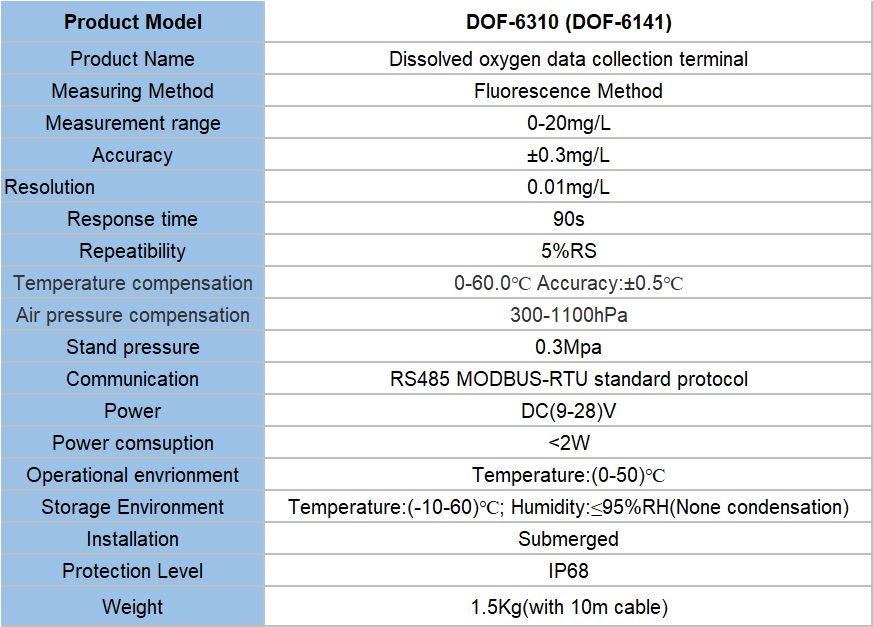
One of the key advantages of using a ph meter is its ability to provide precise and reliable measurements. Unlike pH test strips or color-changing indicators, which can be subjective and prone to human error, pH meters offer digital readouts that are easy to interpret. This makes them ideal for applications where accuracy is crucial, such as in scientific research or quality control processes.
In addition to measuring the pH of a solution, pH meters can also be used to monitor changes in pH over time. This is particularly useful in processes where pH levels need to be controlled, such as in chemical reactions or fermentation processes. By continuously monitoring pH levels, operators can make real-time adjustments to ensure optimal conditions for their processes.
pH meters come in various types and models, ranging from portable handheld devices to benchtop laboratory instruments. Some pH meters are equipped with additional features, such as temperature compensation, data logging, and automatic calibration. The choice of ph meter depends on the specific requirements of the application and the level of accuracy needed.
| Measurement range | N,N-Diethyl-1,4-phenylenediamine (DPD) spectrophotometry | |||
| Model | CLA-7112 | CLA-7212 | CLA-7113 | CLA-7213 |
| Inlet channel | Single channel | Double channel | Single channel | Double channel |
| Measurement range | Free chlorine\uff1a(0.0-2.0)mg/L ,Calculated as Cl2; | Free chlorine:(0.5-10.0)mg/L ,Calculated as Cl2; | ||
| pH\uff1a\uff080-14\uff09\uff1bTemperature\uff1a\uff080-100\uff09\u2103 | ||||
| Accuracy | Free chlorine:\u00b110% or \u00b10.05mg/L(take the large value),Calculated as Cl2; | Free chlorine:\u00b110% or\u00b10.25mg/L(take the large value),Calculated as Cl2; | ||
| pH:\u00b10.1pH\uff1bTemperature\uff1a\u00b10.5\u2103 | ||||
| Measurement Period | \u22642.5min | |||
| Sampling interval | The interval (1\uff5e999) min can be set arbitrarily | |||
| Maintenance cycle | Recommended once a month (see maintenance chapter) | |||
| Environmental requirements | A ventilated and dry room without strong vibration;Recommended room temperature\uff1a\uff0815\uff5e28\uff09\u2103\uff1bRelative humidity\uff1a\u226485%\uff08No condensation\uff09 | |||
| Water sample flow | \uff08200-400\uff09 mL/min | |||
| Inlet pressure | \uff080.1-0.3\uff09 bar | |||
| Inlet water temperature range | \uff080-40\uff09\u2103 | |||
| Power supply | AC (100-240)V\uff1b 50/60Hz | |||
| Power | 120W | |||
| Power connection | The 3-core power cord with plug is connected to the mains socket with ground wire | |||
| Data output | RS232/RS485/\uff084\uff5e20\uff09mA | |||
| Size | H*W*D\uff1a\uff08800*400*200\uff09mm | |||
When using a ph meter, it is important to follow proper procedures to obtain accurate and reliable measurements. This includes calibrating the meter regularly, storing the electrodes properly, and cleaning them after each use. It is also essential to use the correct type of electrode for the solution being tested, as different electrodes are designed for different types of samples.
In conclusion, a ph meter is a valuable tool for measuring and monitoring the acidity or alkalinity of a solution. Understanding the meaning of pH and how pH meters work is essential for obtaining accurate and reliable measurements. By using a ph meter correctly and following best practices, operators can ensure the quality and consistency of their products and processes.

